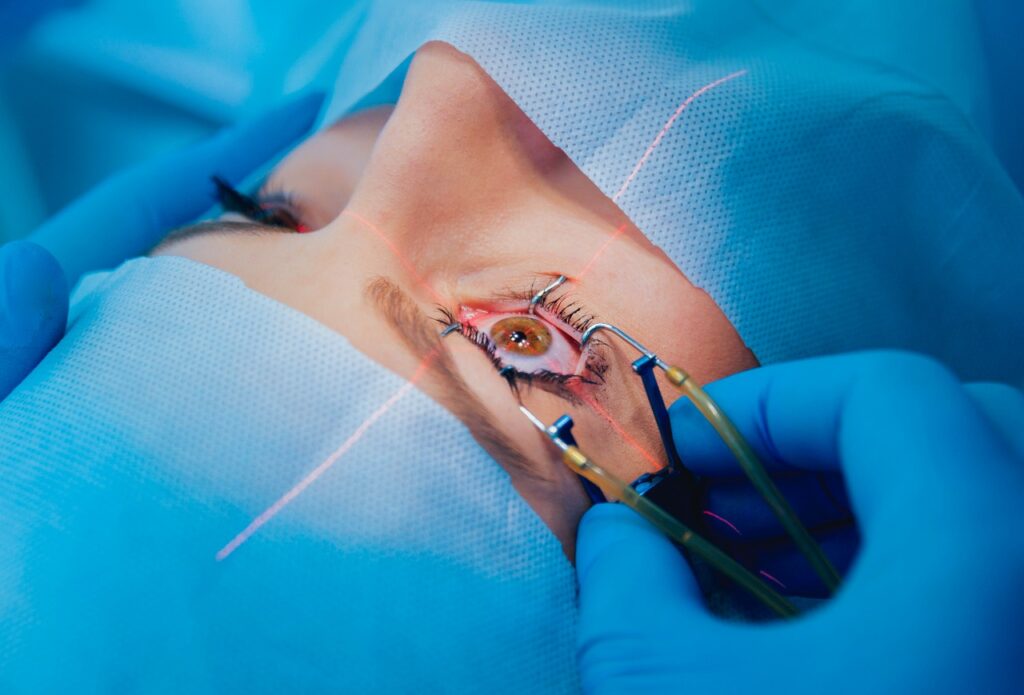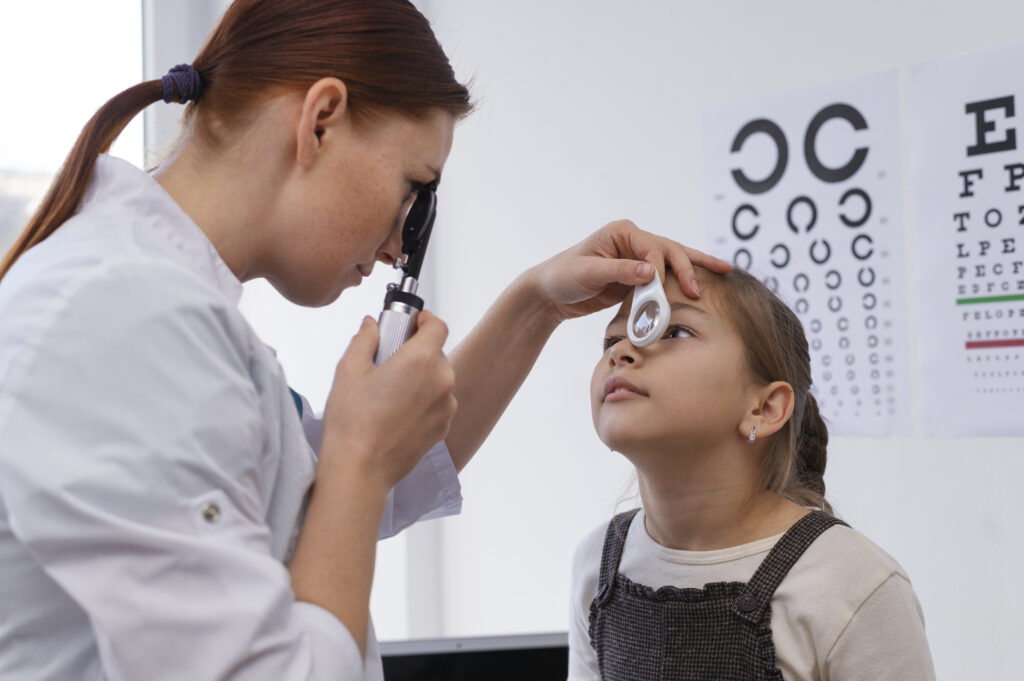The Future of Eye Care: Emerging Trends in Ophthalmology
- The Future Of Eye Care
- Emerging Trends in Ophthalmology
- Understand upcoming trends
The Future Of Eye Care: The field of ophthalmology is constantly evolving, with groundbreaking advancements that promise to revolutionize eye care. As technology advances, so do the possibilities for more effective treatments, earlier diagnoses, and better patient outcomes. In this blog, we’ll explore some of the most exciting emerging trends in ophthalmology that are set to shape the future of eye care.
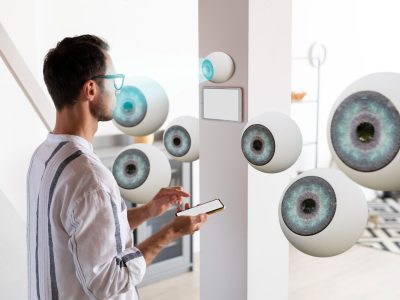
The Future Of Eye Care:
Here are some exciting emerging trends in ophthalmology which are the future of eye care:
- Artificial Intelligence in Diagnostics: Artificial Intelligence (AI) is making waves in many medical fields, and ophthalmology is no exception. AI-powered tools are being developed to assist in the early detection and diagnosis of eye conditions such as diabetic retinopathy, glaucoma, and age-related macular degeneration. These tools can analyze retinal images with high accuracy, often detecting subtle changes that may be missed by the human eye.
Why It Matters: Early detection is crucial in managing eye diseases. AI can help in screening large populations, particularly in regions with limited access to eye care professionals, thus preventing vision loss through timely intervention.
Gene Therapy and Personalized Medicine: Gene therapy is an exciting frontier in ophthalmology, particularly for inherited retinal diseases (IRDs) that currently have limited treatment options. Recent FDA approvals for gene therapies targeting specific genetic mutations offer hope for patients with conditions like Leber’s congenital amaurosis and retinitis pigmentosa.
Why It Matters: Personalized medicine, including gene therapy, represents a shift towards treatments tailored to an individual’s genetic makeup, offering the potential for more effective and targeted care.
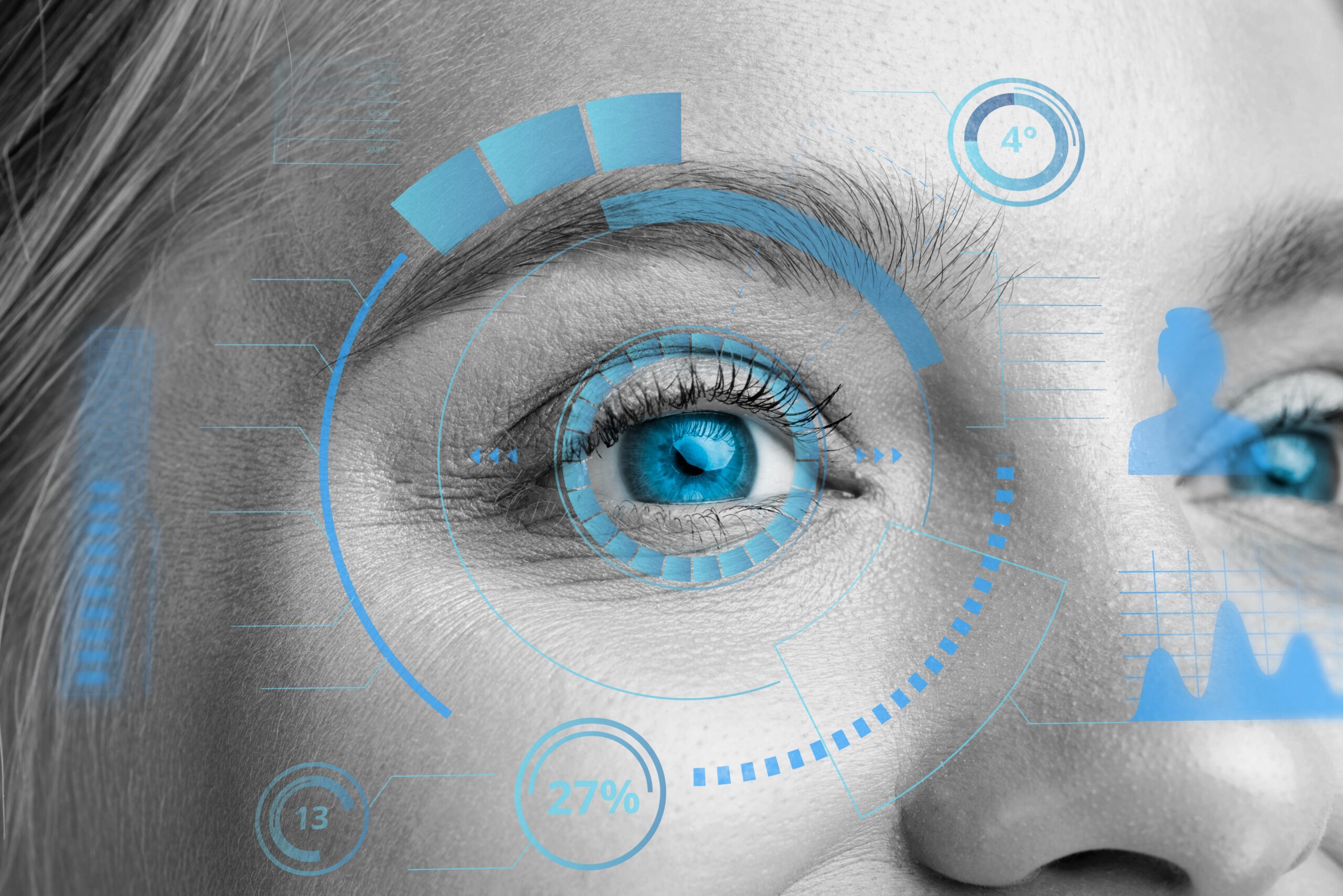
The Future Of Eye Care:
- Advances in Cataract Surgery: Cataract surgery is one of the most common and successful procedures worldwide, and it continues to evolve. The introduction of femtosecond lasers, advanced intraocular lenses (IOLs), and robotic-assisted surgeries are making the procedure safer and more precise. Furthermore, research into accommodating IOLs, which mimic the natural lens’s ability to change focus, could reduce the need for glasses post-surgery.
Why It Matters: These advancements not only improve the safety and outcomes of cataract surgery but also enhance patients’ quality of life by offering better visual outcomes and faster recovery times. - Teleophthalmology: The COVID-19 pandemic accelerated the adoption of telemedicine, and ophthalmology has seen significant growth in teleophthalmology. Remote consultations, screenings, and even some types of eye exams can now be conducted online, making eye care more accessible to patients in remote or underserved areas.
Why It Matters: Teleophthalmology can bridge the gap in healthcare access, providing essential eye care services to those who might otherwise go without. - 3D Printing in Eye Care: 3D printing is emerging as a game-changer in ophthalmology, particularly in creating customized prosthetics, surgical instruments, and even drug delivery systems. Customized corneal implants and patient-specific surgical models are just a few examples of how 3D printing is being utilized.
Why It Matters: The ability to create customized solutions for individual patients can lead to better surgical outcomes and more personalized care.

The Future Of Eye Care
- Ocular Regenerative Medicine: Regenerative medicine, including the use of stem cells, is offering hope for conditions that currently have no cure, such as macular degeneration and glaucoma. Research is ongoing into the potential of stem cells to repair or replace damaged retinal cells, offering the possibility of restoring vision in patients with severe eye diseases.
Why It Matters: The ability to regenerate damaged eye tissue could potentially restore vision to millions of people worldwide, fundamentally changing the landscape of eye care. - Wearable Technology for Eye Health Monitoring: Wearable devices that monitor eye health are becoming more sophisticated. Smart contact lenses and wearable sensors can track intraocular pressure, detect early signs of glaucoma, and even monitor diabetic patients’ blood sugar levels through their tears.
Why It Matters: These devices offer continuous, real-time monitoring, allowing for earlier detection of problems and more proactive management of chronic eye conditions. - Virtual and Augmented Reality in Eye Care: Virtual reality (VR) and augmented reality (AR) are being explored for their potential in eye care, from training ophthalmologists in complex surgeries to helping patients with low vision navigate their environment more easily.
Why It Matters: VR and AR technologies can enhance both the training of future eye care professionals and the daily lives of patients with visual impairments.
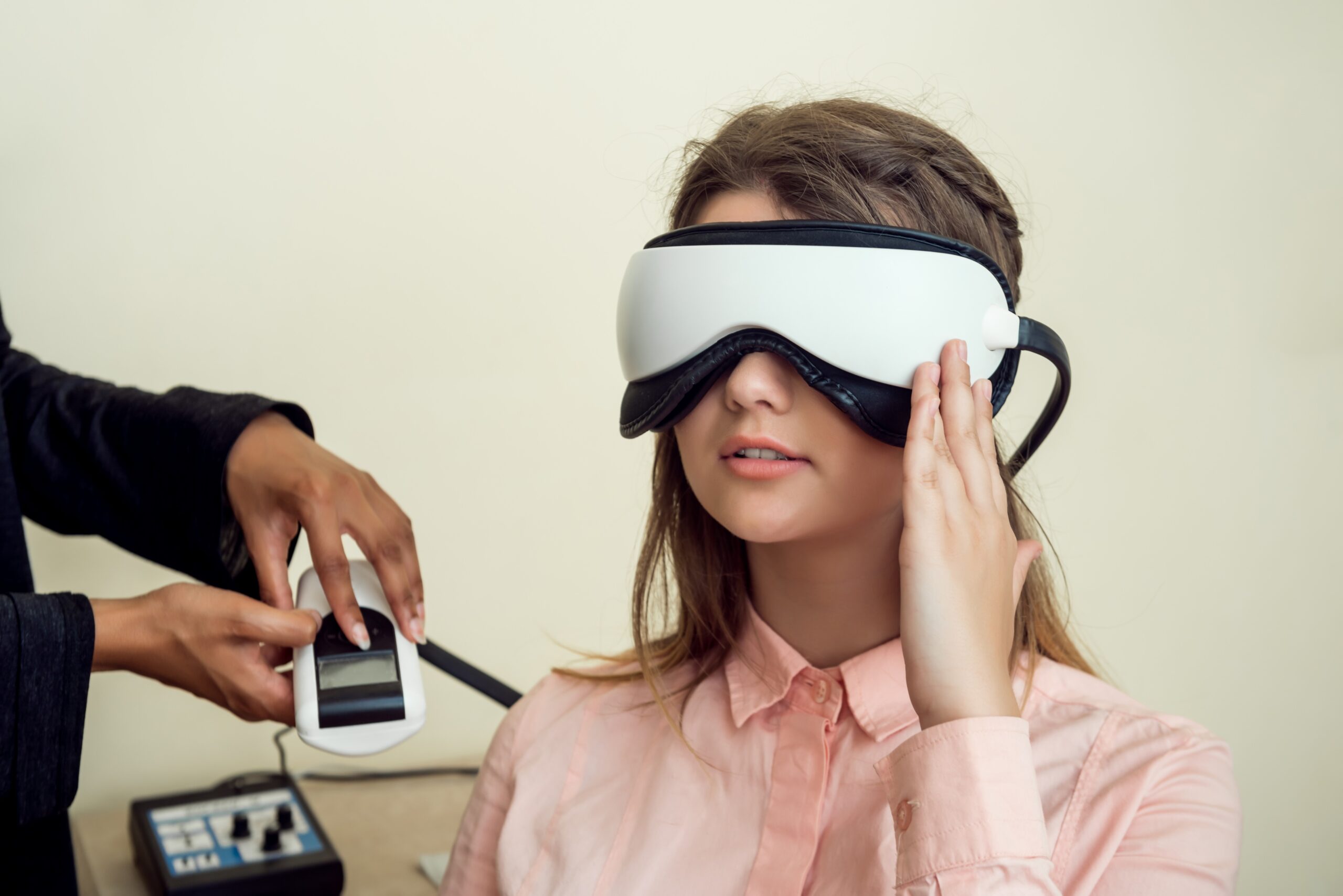
Conclusion:
The future of eye care is bright, with advancements that promise to improve diagnosis, treatment, and patient outcomes. As these emerging trends continue to develop, they offer hope for better vision and enhanced quality of life for millions of people worldwide.
Recent Post
Regain Confidence with Squint Eye Treatment in Thane
Our face’s most expressive feature is the eyes; they are very revealing of our emotions, confidence, and even character. However, when…
Best LASIK Eye Surgery for a Glasses-Free Life
Getting out of bed and Sunday mornings alike, reaching for your glasses, has been the daily ritual of a concerned citizen,…
Protect Your Child’s Vision with a Pediatric Eye Doctor in Kalyan
The health and welfare of a child is a great source of joy to any parent, but with it comes a…



